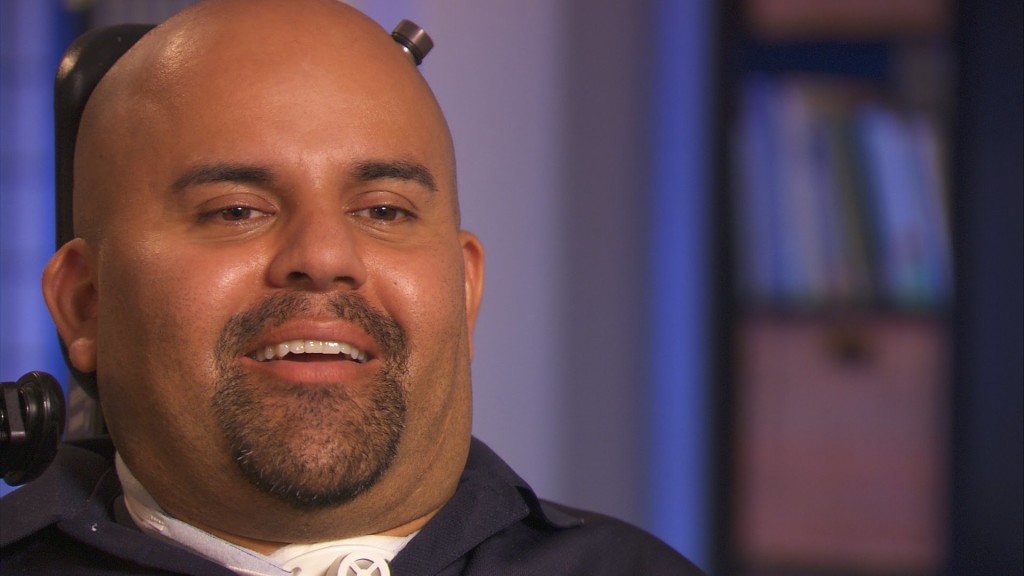A new robotic arm controlled by thought for tetraplegic
An innovative new robotic arm controlled directly by thought through microelectrodes implanted in the brain has given the opportunity to Erik G. Sorto to grab a glass to drink

An innovative new robotic arm controlled directly by thought through microelectrodes implanted in the brain has given the opportunity to Erik G. Sorto, paralyzed for 13 years due to a spinal injury, to grab a glass to drink.
The subject is thus able to control the paralyzed arm, thinking only to the objective to be achieved. The study published in “Science” shows that the innovative approach, the result of a collaboration between the California Institute of Technology, University of Southern California and Rancho Los Amigos National Rehabilitation Center, has allowed to overcome some important limitations that occurred with neuroprosthesis made so far.
In fact, the most used technique involves the implantation of microelectrodes in the area of brain that controls the movement: the motor cortex. This movement, however, is suffering from two problems: a slight tremor and a delay from the input of the patient.
The winning idea was to take advantage, as the venue for the electrodes, another area of the brain: the posterior parietal cortex. It is delegated to higher cognitive functions, such as the formulation of the intention to make a move. In this way it was possible to eliminate that delay this with previous systems getting smoother motion and movement similar to the real. In fact, the posterior parietal cortex is placed at the beginning of the neural path that reaches the limbs.
The new mechanism has thus led to have a result by simply thinking about the movement, as in normal situations, without having to think about which muscles to activate and without thinking about the details of the movement.
Erik Sorto started, in 2013, a training program that allowed him to control earlier the cursor of a computer, coming today to manage a robotic arm.
